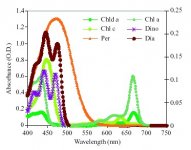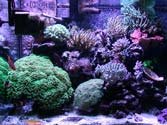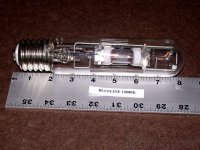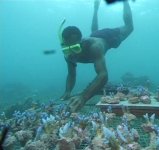A
Anonymous
Guest
Good points, but within a certain range, it's preference. I've seen tanks that are just BLUE, and tanks that look white. Corals grow well in both. I run 10K 250w DE's supplimented with a few small actnics. It doesn't look that blue at all to the eye, but SPS's, clams, etc grow well and show good color. On the other hand many tanks just look blue, and things do well too. Sunlight just doesn't look like that though, even under 12' of water.
There is certainly a range where choices can be made.
Jim
There is certainly a range where choices can be made.
Jim










